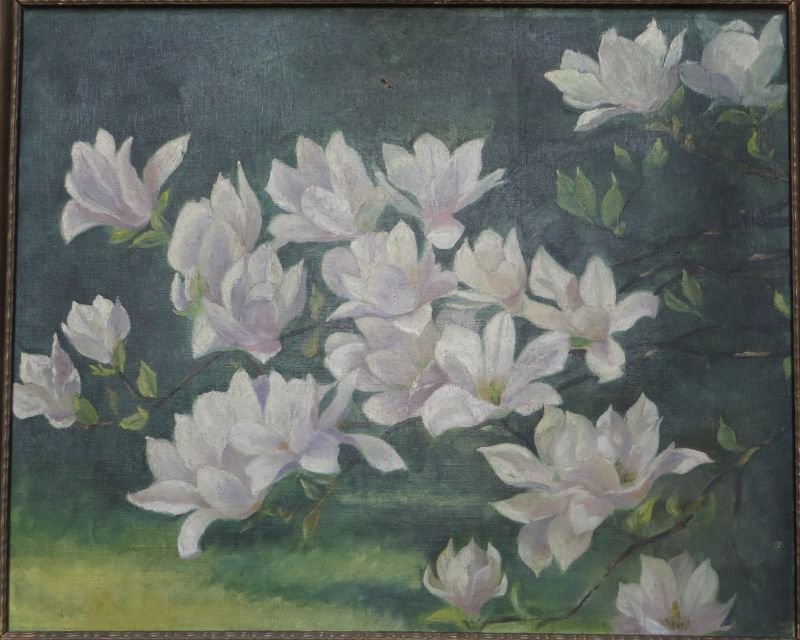
White Flowers
Collection of Paintings
| Artist | |
|---|---|
| Date | 1930 |
| Object type | painting |
| Medium, technique | oil, canvas |
| Dimensions | 148.5 × 120 cm |
| Inventory number | 51.745 |
| Collection | Collection of Paintings |
| On view | Hungarian National Gallery Building C, Second Floor, Modern Times – Hungarian Art between 1896 and World War II, South Corridor |
The last great period of János Vaszary’s career, between 1925 and 1939, is characterised by a virtuoso and delicate touch. His canvases are filled with pulsating crowds at Italian holiday resorts, figures of social life, and the interiors of theatres and bars. The artist was captivated by the beauty of the Mediterranean and by the extreme abundance of Parisian fashion. His main themes in these years were the parks and streets, cafes, cabarets and nightclubs of the French capital. Enthralled by modernisation, he also looked in wonder upon technical advances, which provided him with a wealth of new motifs for his art, even as he expressed his concerns about the abandonment of traditional values and the superficiality of the age.
In The Morphinist, the painter projects the view of a metropolis behind the female figure in the foreground. On the right a black shadowy figure towers over the nude lying there listlessly. The experience of alienation is indicated by the erotic associations alluding to mundane life, and is also strengthened by the beehive-like uniformity of the huge blocks assembled densely in the background. The visions of the woman, as she sinks passively into herself under the influence of morphine, are indicated by the coloured spheres. The montage of events happening at different places and times reflects the influence of the experiments being conducted in the film industry at the time. The head of the Buddha that dominates the left of the painting is a reference both to the search for spiritual solutions to the crises of the day, and to the ornaments that commonly decorated modern apartments. The powerful effect produced by superimposing colourful lines over a light background is similar to that seen in art deco posters and fashion magazines. | Edit Plesznivy
This record is subject to revision due to ongoing research.